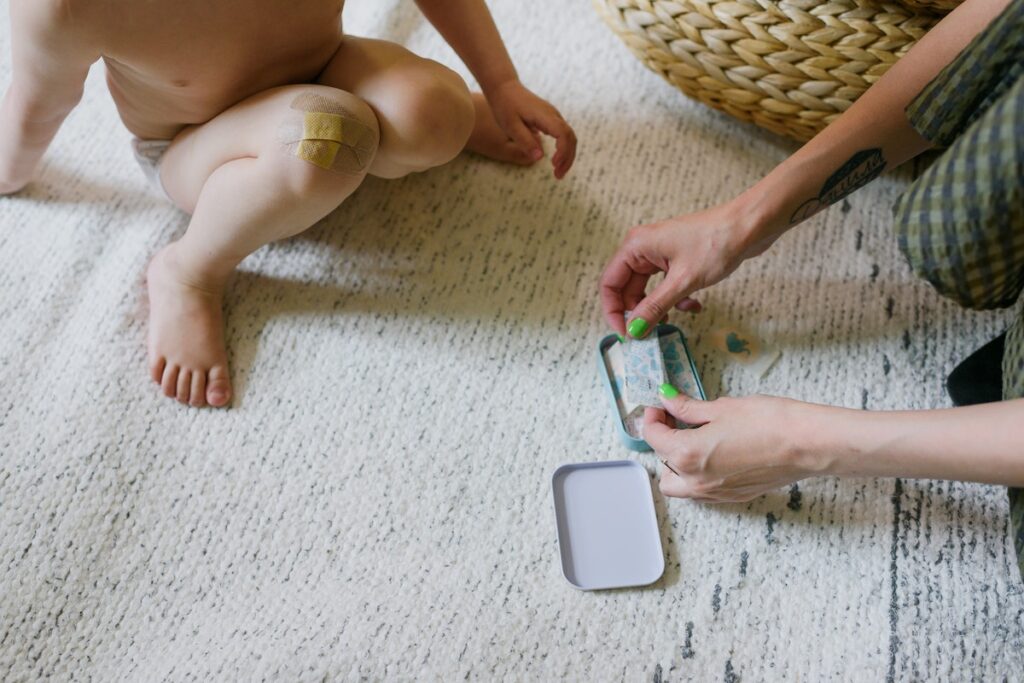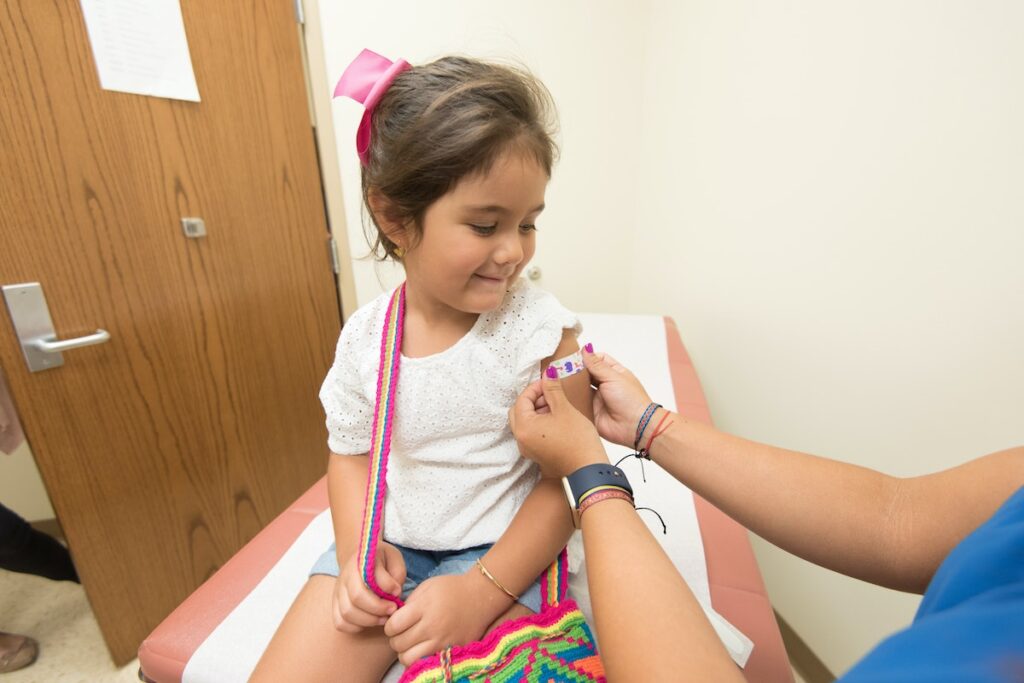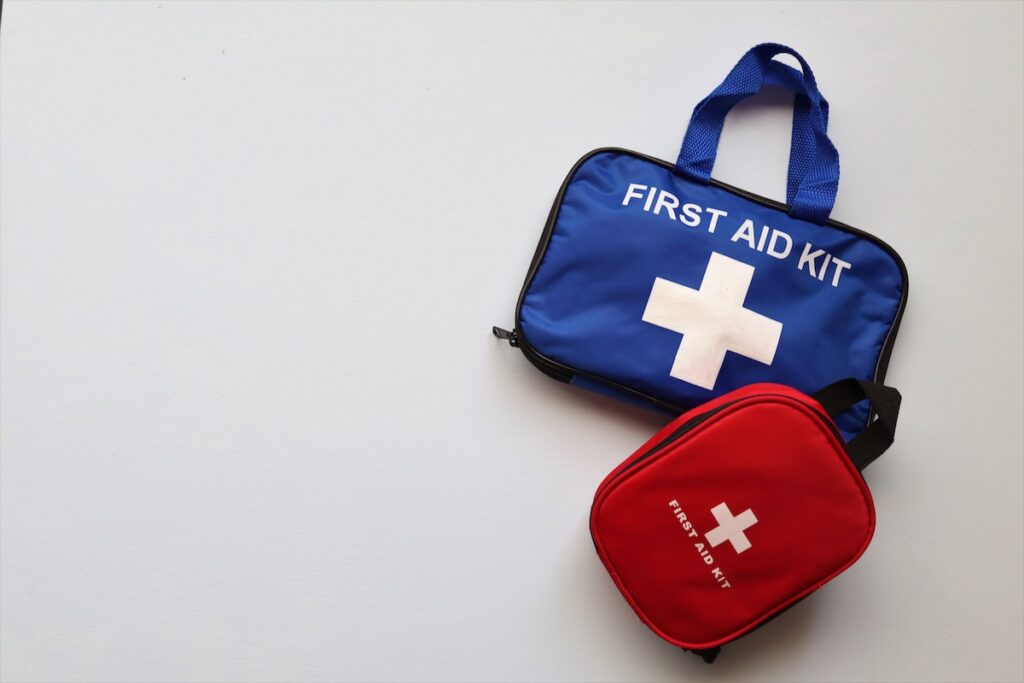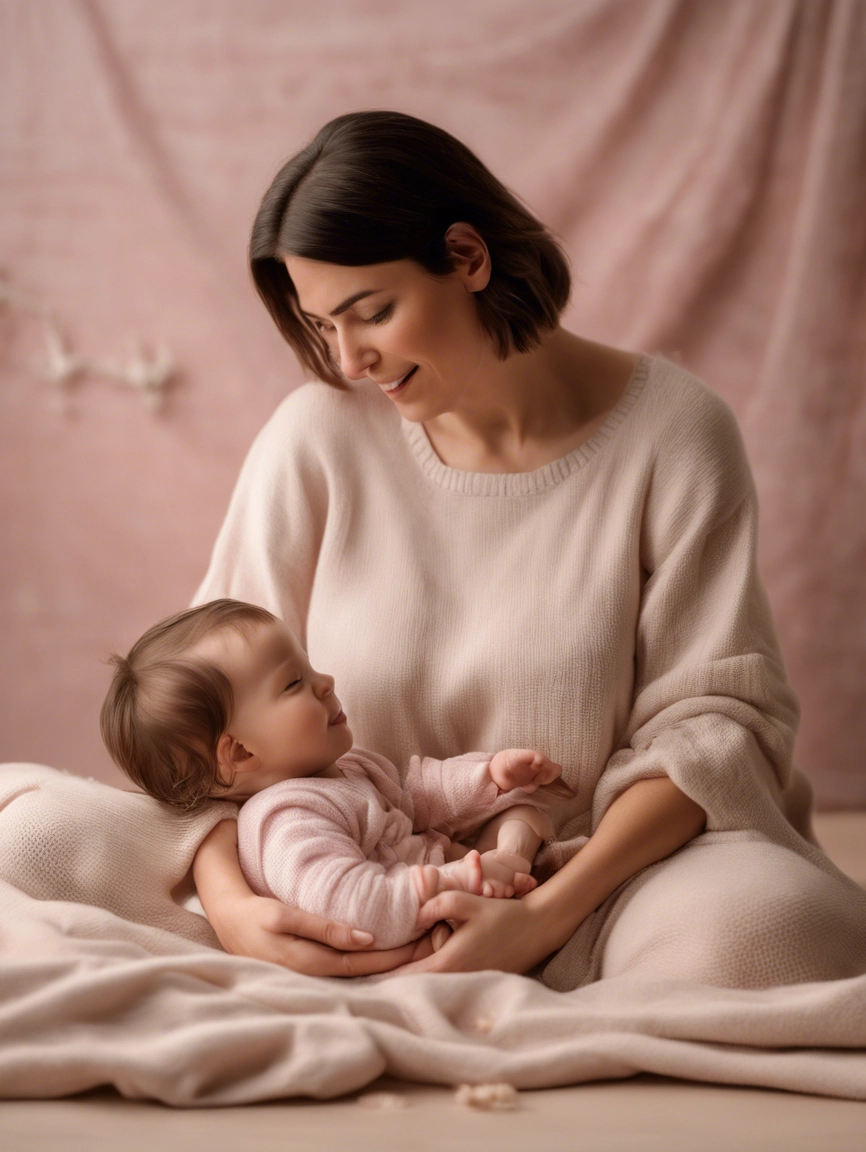When it comes to treating burns in children, it is important to acknowledge that burns are common injuries that children may sustain when they come into contact with sources that expose them to high temperatures, such as fire or hot objects/liquids. For parents and caregivers who have been entrusted with the responsibility of ensuring the safety and well-being of children, being equipped with first aid strategies is essential. This knowledge will help provide immediate care and prevent potential complications that may arise from sustained burn wounds.
Therefore this article provides parents/caregivers with practical first-aid tips for managing burns in Children. Healthcare experts emphasize the importance of being knowledgeable about treating pediatric burn injuries as it underscores priority attention, measures, and informed action required to foster quick healing and provide pain reduction tactics.
The Different Types of Burns
Three distinct variations exist of Burns;
· Thermal (occurring after exposure over an extended duration to heat):
Various heat sources, such as fire, hot objects, or liquids, may cause thermal burns on an individual’s skin. The resulting symptoms could include redness, swelling, or pain around the burnt area.
Although first-degree burn affects primarily only the outermost layer of skin; however second or third degrees can inflict more severe harm deep below other underlying tissues.
· Chemical (caused by chemical substances such as acids)
Using acids or alkalis could lead to chemical burns arising from direct interaction on skin surfaces partially or not covered while handling these products. Consequently, resulting in a range of effects such as reddening of the affected area or blistering accompanied by intense pain sensations warns us of potential destruction still taking place under our skin if no immediate action is taken by washing affected areas with water before seeking further professional assistance right after a scare encounter.
· Electrical Burns arise after contact with electric currents.
Electricity, too, has its share of adverse effects, including but not limited to electrocution that leaves individuals with less visible traces compared to other types of skin concerns, often resulting from blunt force trauma sequences, also known as electrical burn injuries; prolonged exposure also exacerbates their underlying condition for those involved leading up eventually with complications.
Medical attention would be highly advocated for irrespective of the extent of apparent injury sustained since only a professional opinion would suffice.
Each variation’s severity levels vary depending on factors such as time intervals exposed time and body part(s) affected, making it essential when dealing with kids’ safety.
Some common warning indicators of a burn would be increased redness or swelling around the skin lesion accompanied by symptoms like pus discharge or fever onset. In such cases, seeking prompt medical assistance becomes imperative from a health perspective.
First Aid for Treating Burns in Children

Safety should always be top of mind when dealing with burns in children. Taking precautions while tending to burn injuries involves being alert and mindful about observing signs that might indicate new infections developing at the site.
· The first essential move in managing a child’s burn injury is eliminating potential risks and creating a calm and protected space for them at home.
· In cases where contact resulted in burns due to hot objects or liquids stuck to their skin – gently remove it safely for caution.
· Applying room-temperature water consistently for 10-20 minutes is an excellent way of easing stress while guarding against more damage.
· For signs of swollen areas without blisters, lightweight jewelry items- necklaces especially around one’s neck- must be removed as soon as possible; otherwise, don’t do anything rash if unsure; seek medical personnel advice immediately!
· Completing the steps above allow moving towards covering wounds in clean bandages – free debris item layers – after cleaning all areas carefully using Antiseptic solution or wipes, never touch a child’s wounds directly.
· Getting prescribed painkillers from the pharmacy or over the counter is advisable to provide pain relief as required.
· As a final reminder, avoid popping any blisters that surface after injury since they may cause infections and delay healing.
· Call for medical assistance or rush to the nearest healthcare provider.
Preventing Burns in Children
Minding your child’s safety when it comes to burn prevention is important. Read more on the steps you may take to protect your young one from potential safety hazards:
1. Childproof Your Home: Ensure your home is childproofed, especially in areas that pose a burn risk, like the kitchen or bathroom. Install safety gates and stove guards and secure electrical outlets to minimize the chances of burns.
2. Set Water Heater Temperature: Adjust your temperature to 120°F (49°C) or lower to avoid scalding burns. Always test the water before bathing your child. And teach them how to check the temperature themselves.
3. Establish a “No Go” Zone: Create a safe zone around hot objects such as stoves, fireplaces, and heaters. Teach your child to stay away from these areas to avoid accidental burns.
4. Exercise Caution with Hot Liquids: Ensure hot beverages and liquids are kept out of reach of children. Use spill-proof cups and mugs with lids whenever possible, and never leave hot liquids unattended.
5. Educate Children about fire safety: Educate your child about fire hazards and ensure they understand the importance of fire safety measures like stopping, dropping, and rolling if their clothing catches fire; never playing with matches or lighters.
6. When To Seek Emergency Medical Care
It is important to note that minor burns can be treated at home. However, when the following situations occur, your child will require immediate medical attention:
· The burn covers a large area of the body or is profound/severe.
· The burn affects sensitive areas like the face. Hands, feet, genitals, or major joints.
· The burn results from a chemical or electrical source.
If you observe your child experiencing difficulty breathing or lapsing into unconsciousness due to burns, prompt attention from medical professionals is critical.

It’s also vital not to dismiss symptoms like extensive pain and emotional upheaval during burn incidents while erring on the side of caution by seeking medical guidance when deemed necessary is recommended for optimal safety.
Remember – it’s always better to exercise caution when protecting your child’s health and well-being!
Conclusion
Knowing proper assessment techniques and quick cooling strategies followed by timely medical attention are crucial steps that parents and caregivers must be equipped with in emergencies.
Also, teaching children about burn prevention could prove beneficial in preventing future mishaps related to such accidents through shared knowledge. There is no greater responsibility than ensuring our child’s overall health; thus, learning these life-saving techniques should be a top priority for all responsible adults.











